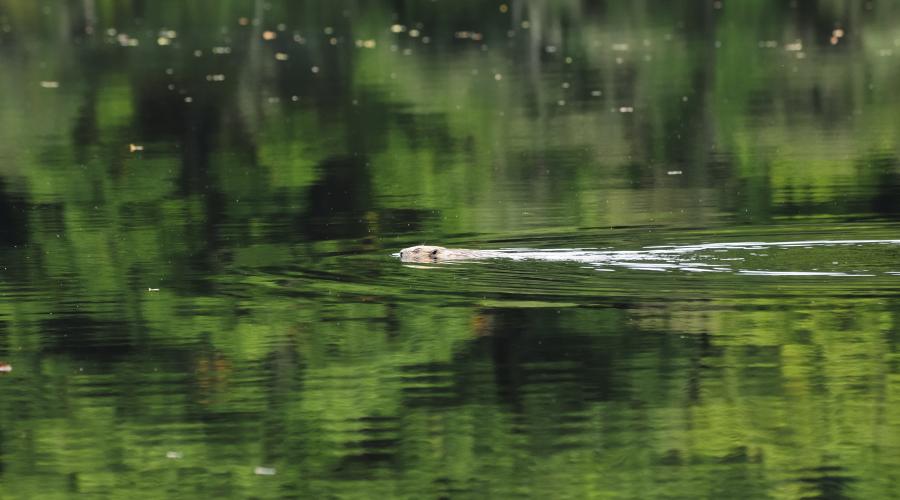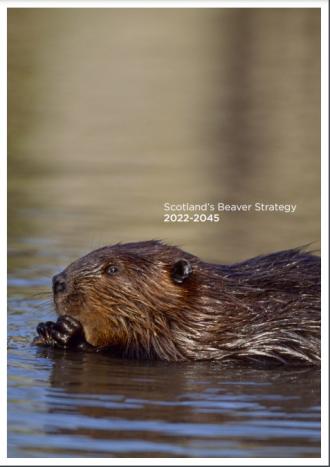
Protected species: beavers
The return of beavers to Scotland and their recognition as European Protected Species heralds one of the most significant changes to the natural environment in many years.
You can email us at [email protected] or telephone 01463 725 000 and ask to speak to someone about managing beaver activity. Find out more information about our Beaver Mitigation Scheme.
Beavers in Scotland
Beavers are protected by law as a European Protected Species. This protection came into force on 1st May 2019 with the view from the Scottish Government that the species should be allowed to expand its range naturally.
This decision will see the return of a species that was part of our wildlife for thousands of years before becoming extinct here around the 16th century.
Beavers benefit nature. As ‘ecosystem engineers’ their activities can create wetland habitats, improve habitat structure and diversity and enhance biodiversity. They can also alleviate flooding, improve water quality and bring socio-economic benefits.
In some places and situations the activities of beavers can have negative impacts on other interests such as farms, gardens, or other land. Sometimes this can be easily managed to prevent damage such as by fencing vulnerable areas or protecting individual trees and in others there is the potential for more novel techniques.
We will provide free and expert advice to help people experiencing problems and where possible will provide these measures to minimise damage through the beaver mitigation scheme.
However, we also accept that in some cases such measures are unlikely to be effective or appropriate and the beavers themselves will need to be managed, including by lethal control. Where this occurs we need to make sure that it will help resolve the problems being experienced, whilst at the same time taking into account welfare concerns and without preventing the overall aim of expansion of the existing beaver populations in Scotland.
Our Beavers in Scotland report examines the interactions between beavers and other interests and draws on 20 years of work, from our experience in Scotland and from other European and North American Countries. Our approach is set out in the Scottish Beaver Management Framework which will help ensure that we realise the many benefits that beavers can bring whilst at the same time managing the situations where they may impact on other interests.
Simple management techniques to prevent beaver damage, such as protecting trees or woodland or removing newly-built (less than two week old) dams, does not require a licence. However, other actions such as removal of more mature dams, manipulating dams or lethal control, can only be carried out under licence. Our guidance for land managers which forms part of the Management Framework describes what does and does not require a licence.
If you find a dead beaver please contact [email protected]. If you suspect a wildlife crime may have occurred then you should contact Police Scotland on 101.
Find out more
NatureScot assessment of environment effects of beaver translocations into new catchments
Latest news release: Report finds more beavers moved as population continues to expand (9 June 2023)






